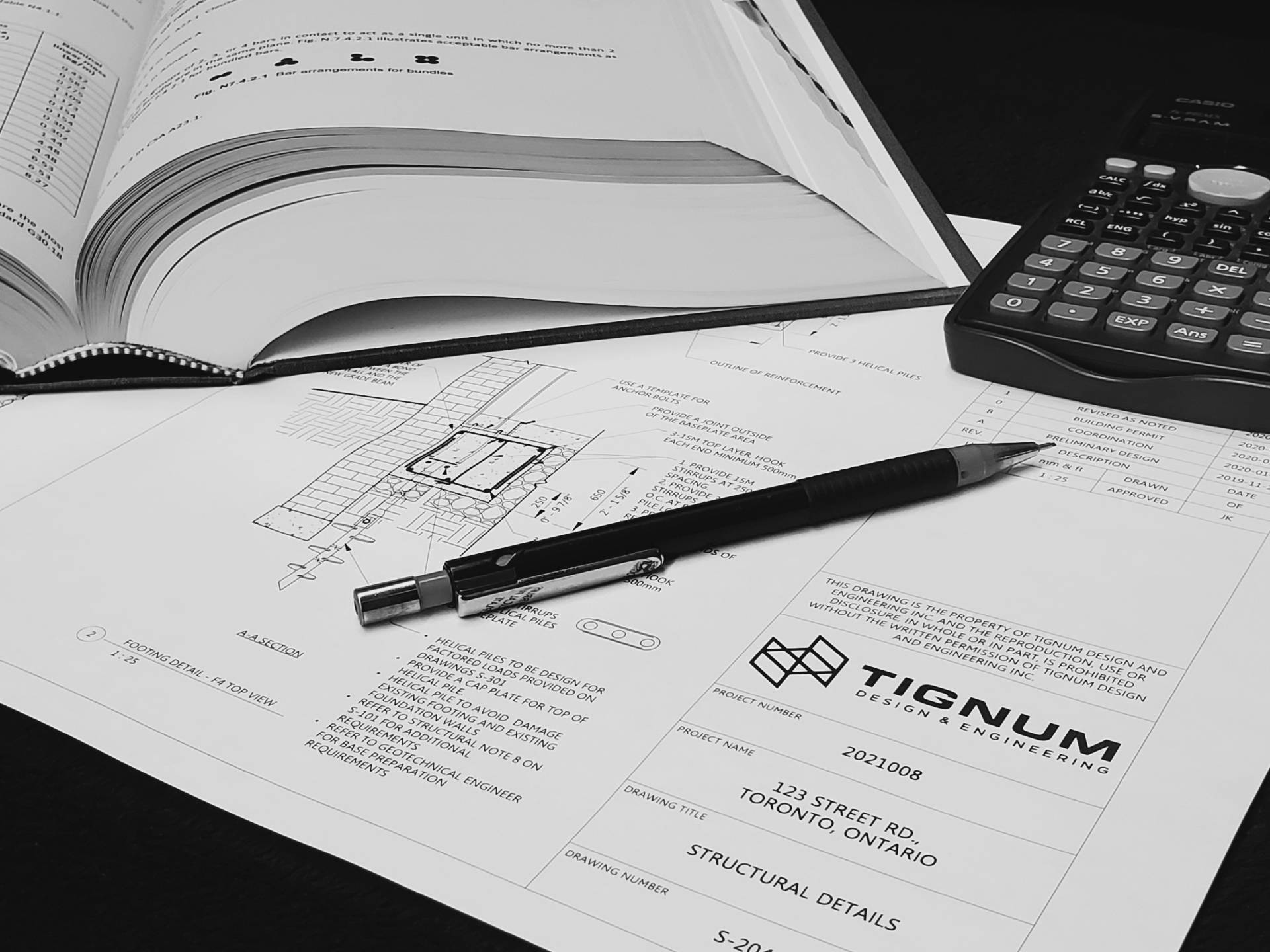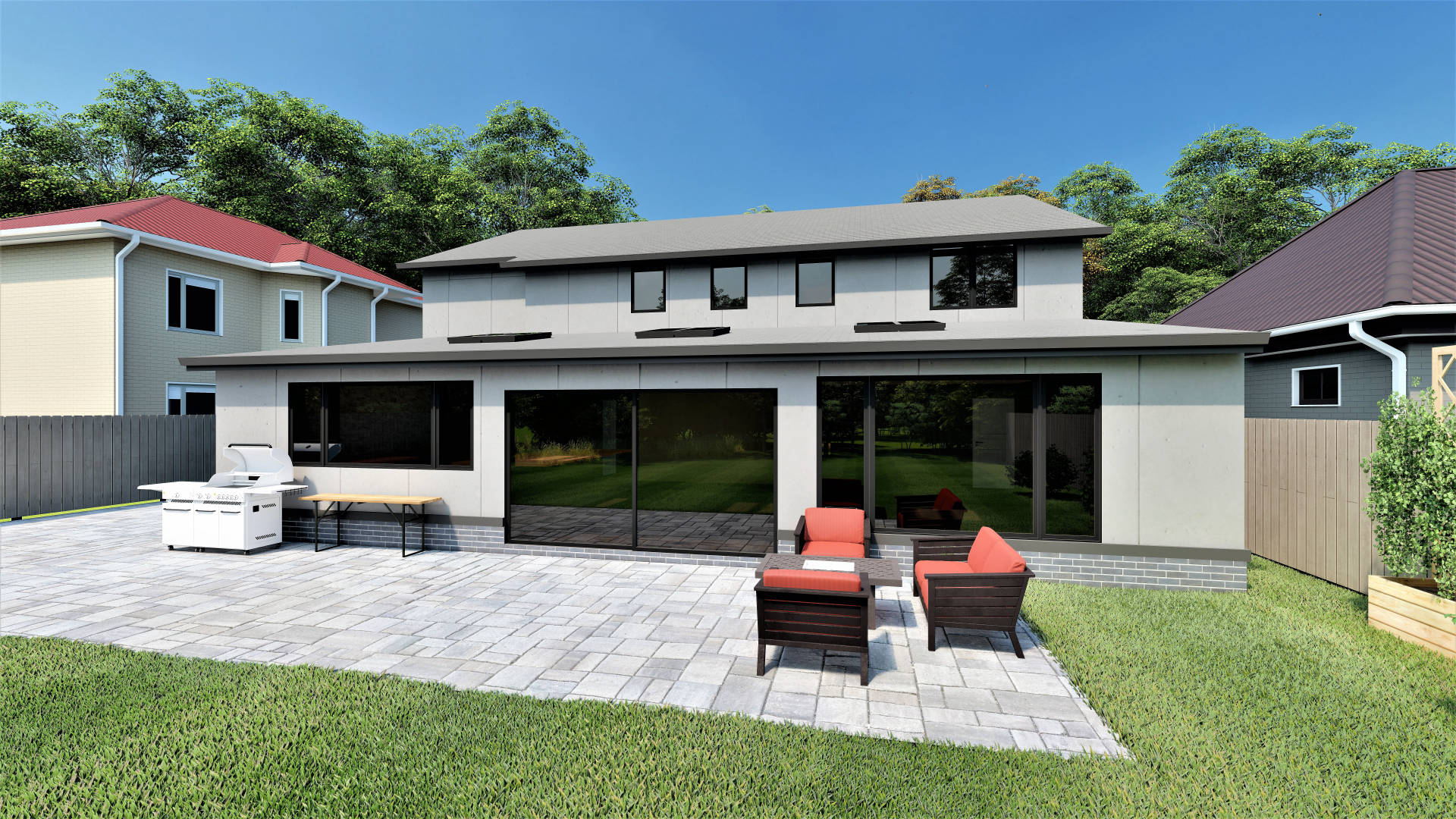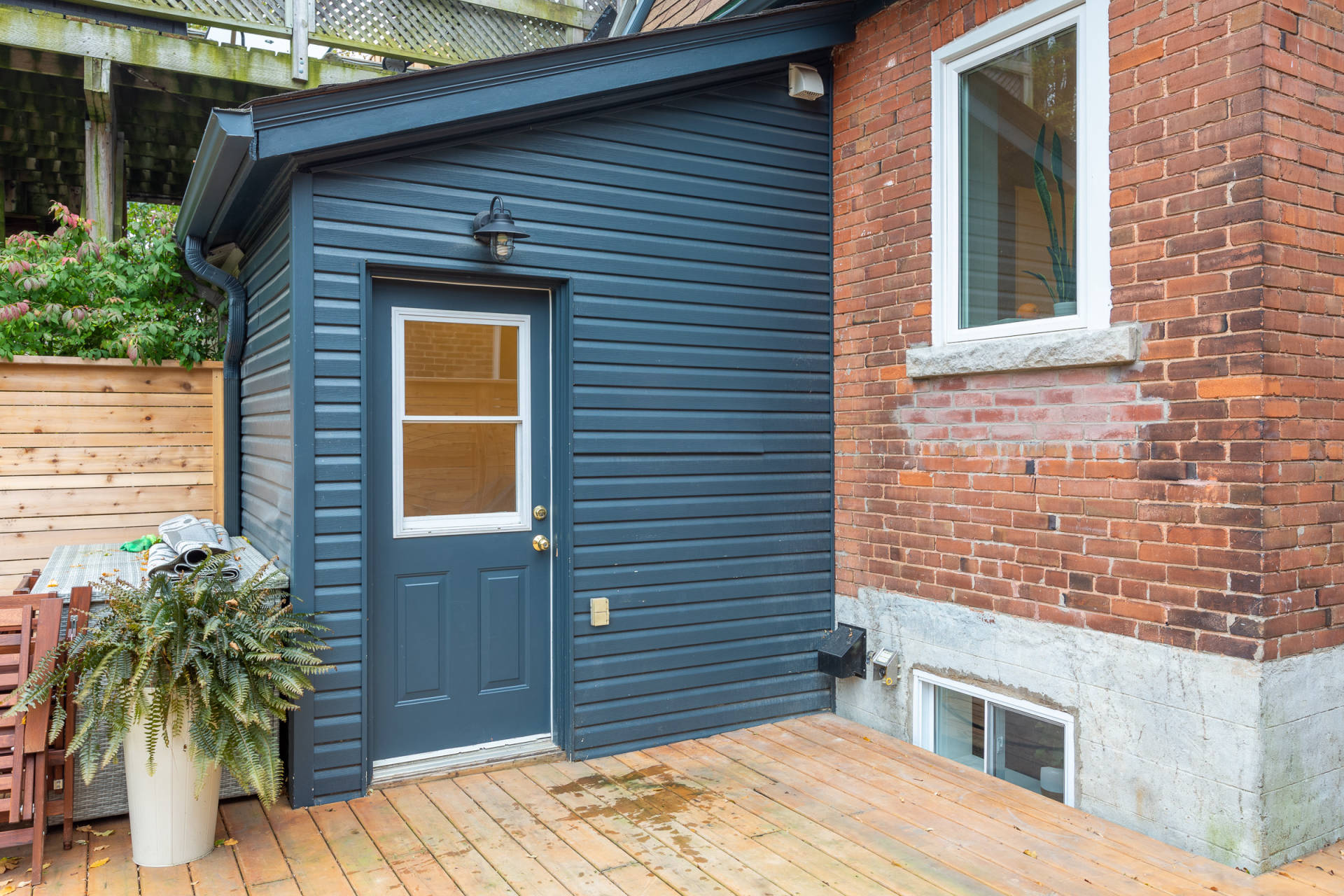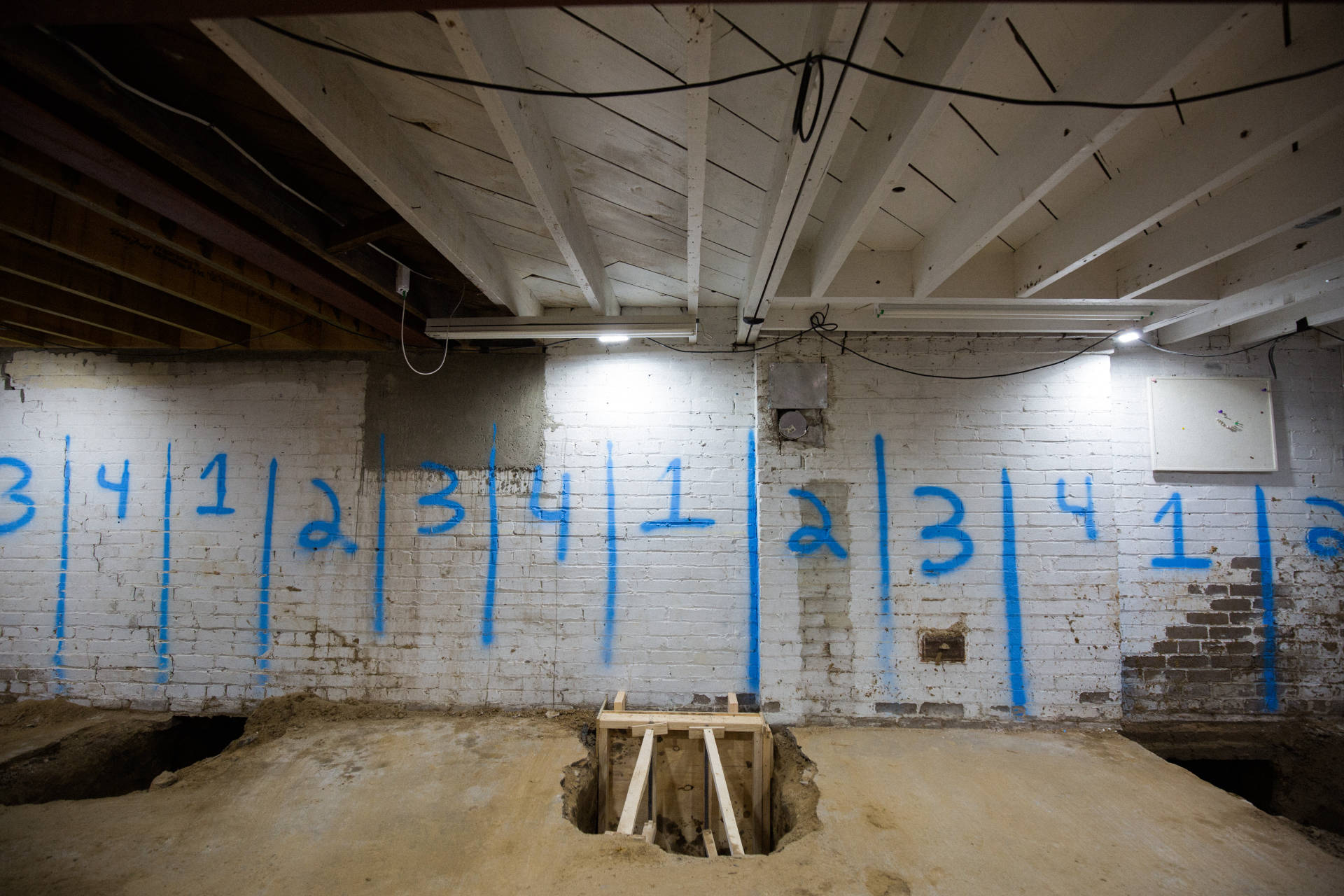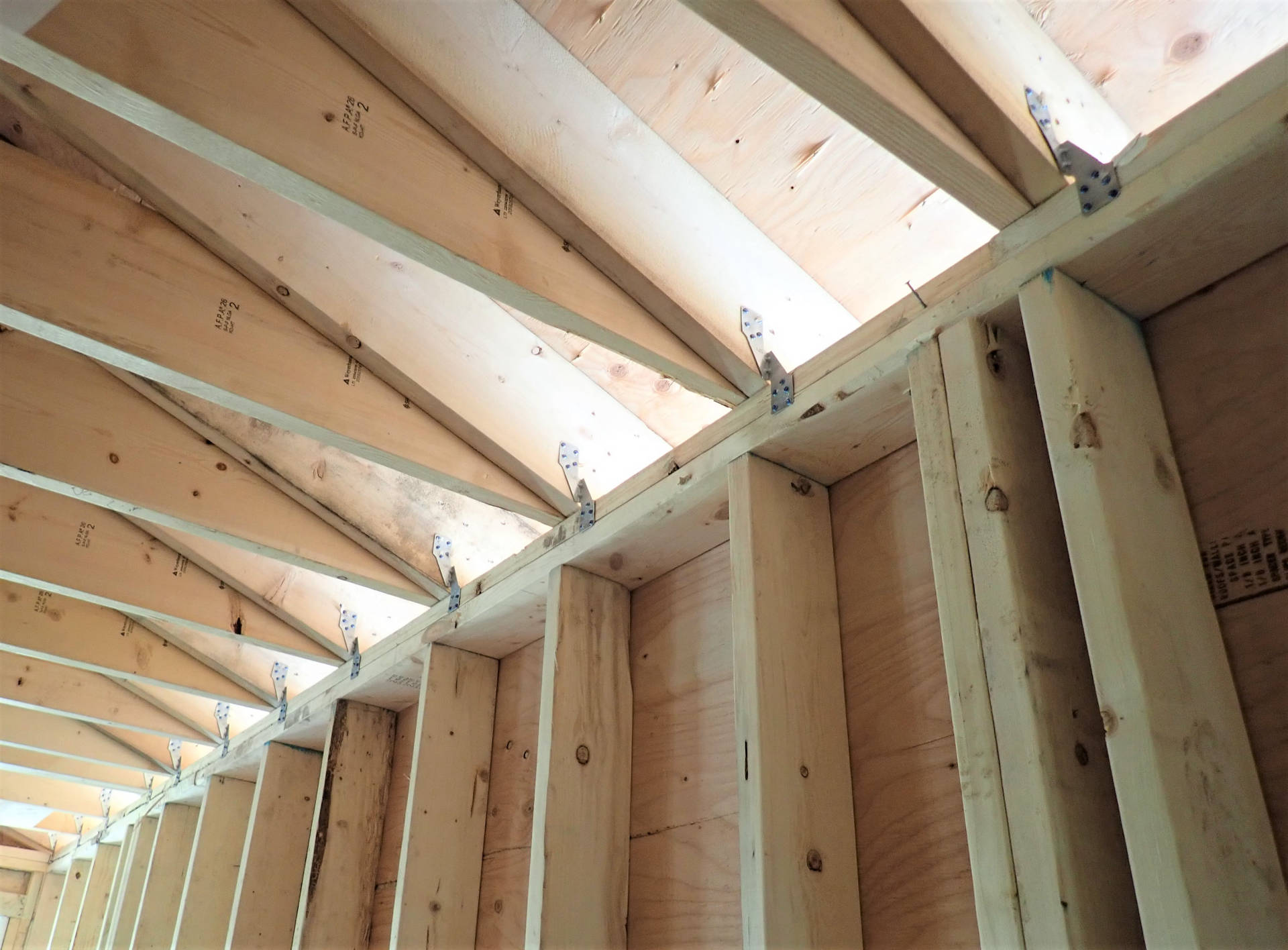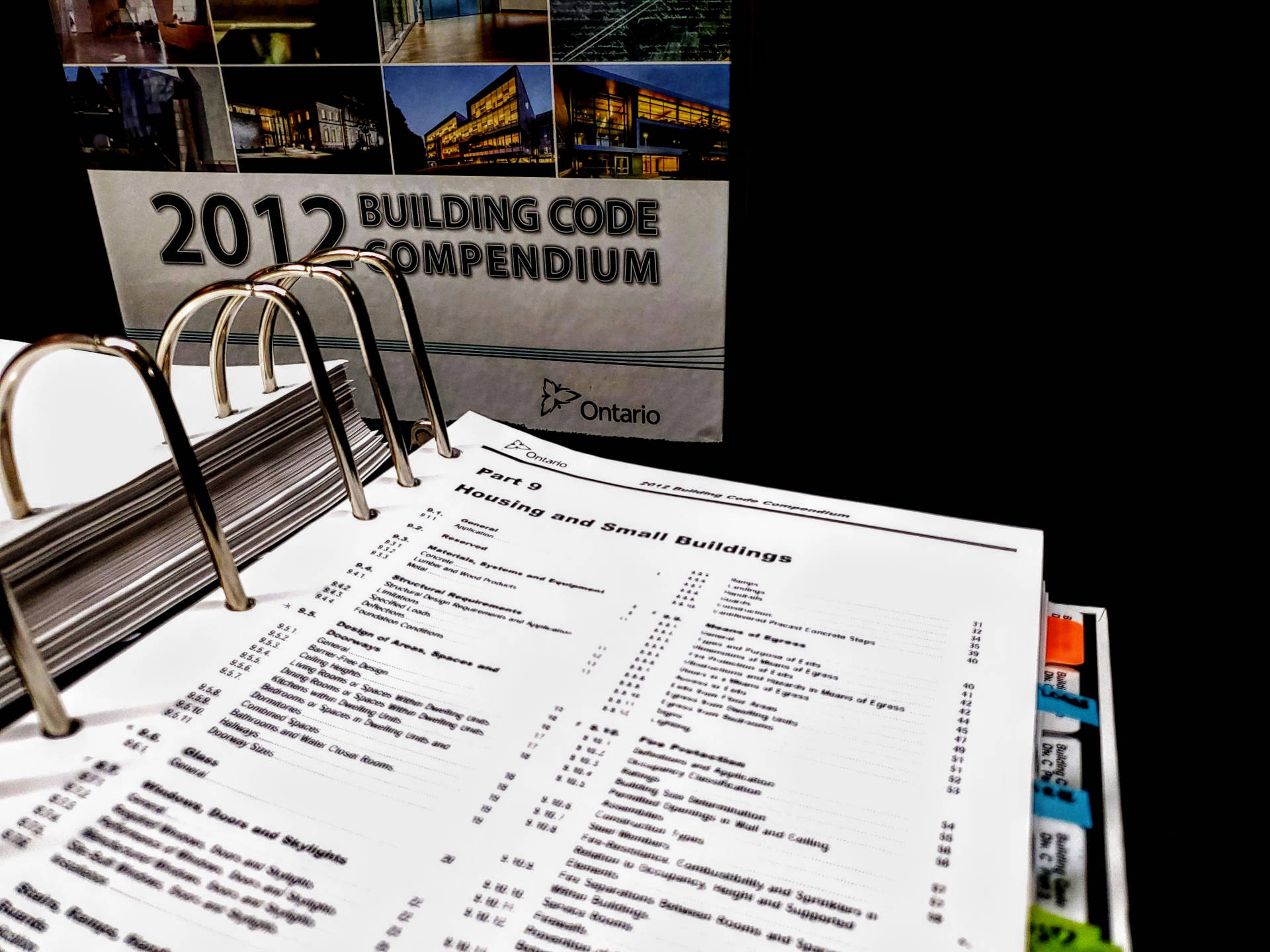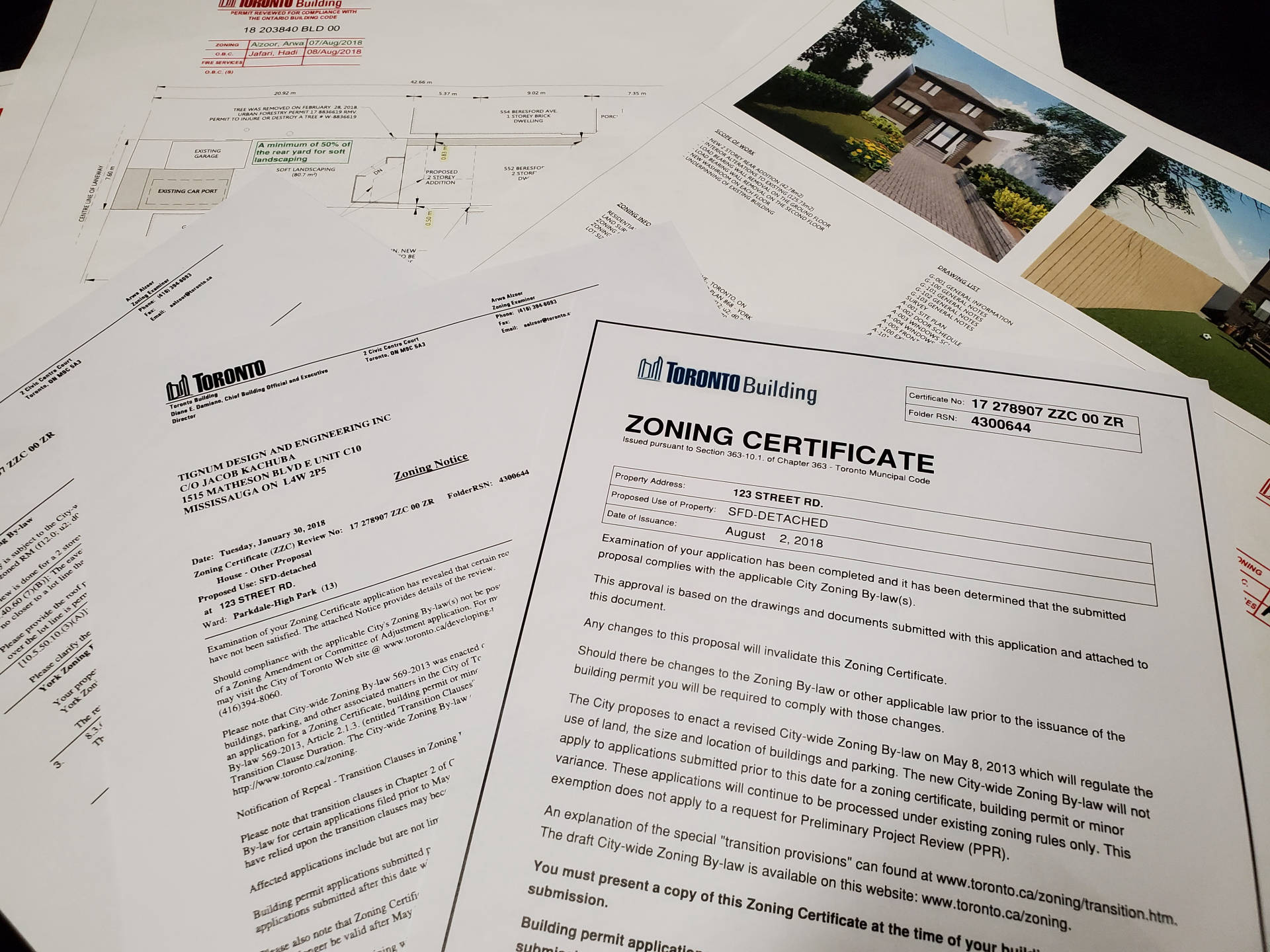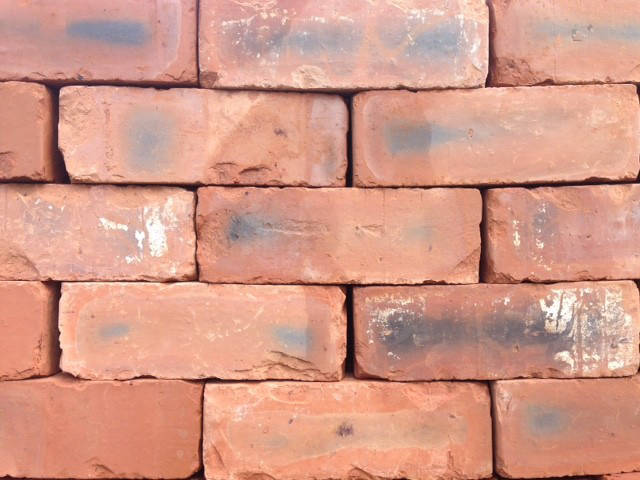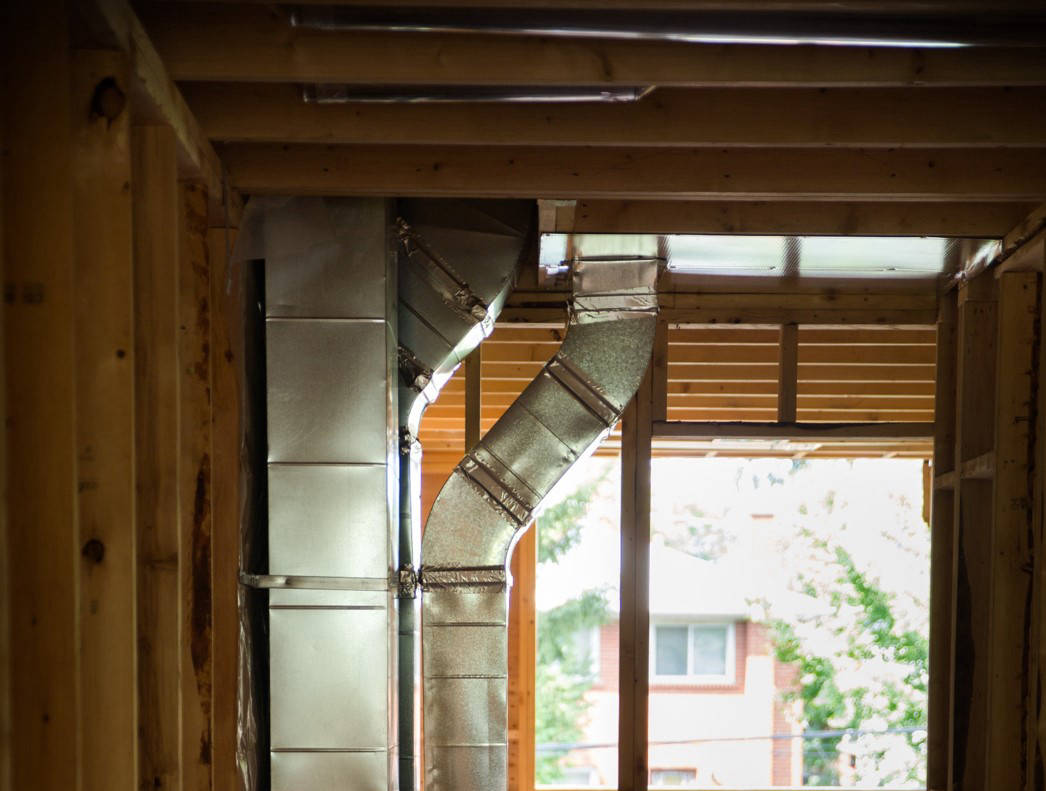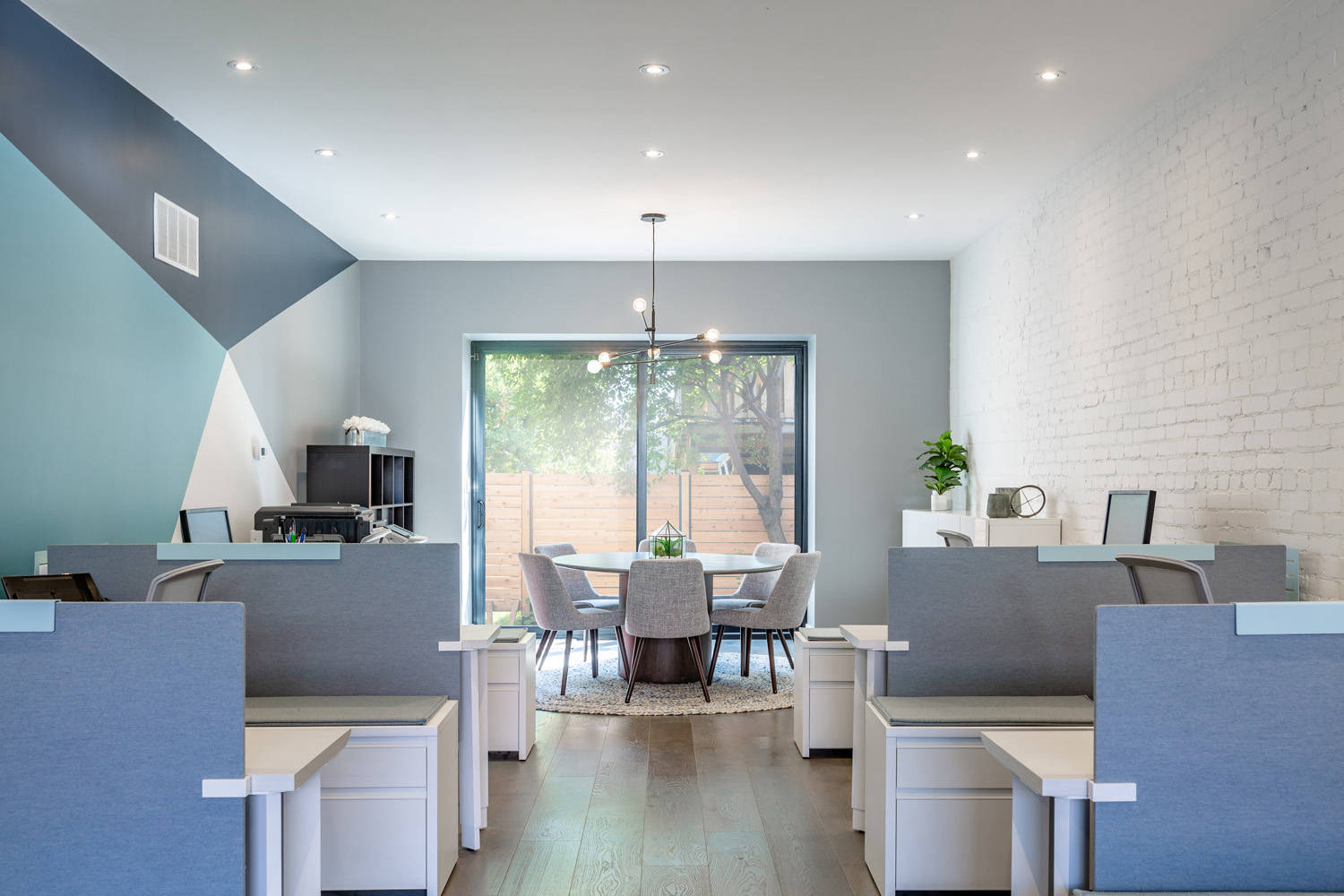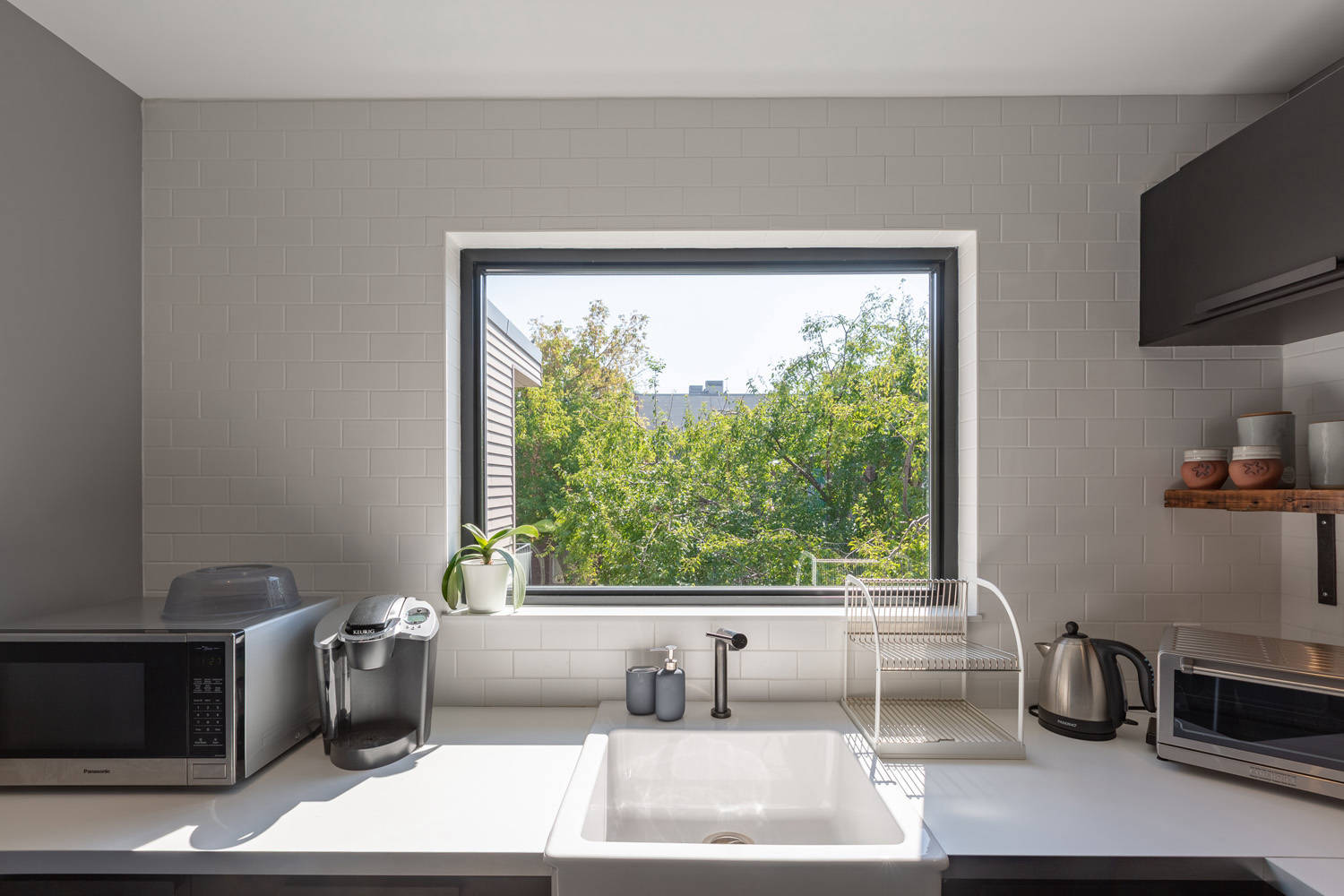The Building Envelope
What is the Building Envelope?
The building envelope exists on all buildings and is designed to separate the indoor environment from the outdoor environment. It helps to protect the conditioned indoor environment so that it remains comfortable and it protects the structure against damage. The exterior walls, windows, doors, as well as the foundation and roof make up the building envelope.
Purpose of the Building Envelope
There are multiple layers of protection that the building envelope must provide. Occasionally, one of the layers may not be as effective, but in combination, the three layers can help protect the structure. The building envelope must:
- 1. Prevent moisture from entering the building
- 2. Prevent air from infiltrating or entering into the building
- 3. Provide insulation to the building
Preventing Moisture from Entering the Building
Moisture can enter the building through rainwater, melting snow, or humidity. Since water and humidity can enter small openings, all of the exterior components of the building must be thoroughly designed and built in order to ensure that no moisture finds its way into the building and structure.
The damage that can be caused by moisture can be very noticeable: a leaking roof for example will result in water dripping through the ceiling and into your living space. This alerts you to the problem that needs to be fixed. Sometimes the damage isn’t as noticeable. Moisture can enter through damaged exterior components and slowly wet the wood and insulation that are hidden behind the drywall. If the wall isn’t properly designed to allow airflow and drying of wet components then it is impossible for the moisture to dry so it begins to accumulate.
If moisture accumulates it can damage the building materials and cause them to lose their effectiveness. Some insulations for example will lose their air pockets when wet and no longer provide insulation, resulting in an increase in energy costs due to excessive heat loss or gain. Other materials like the wood frame will remain wet and could lead to mold growth. Unfortunately, mold can cause both health problems for the occupants as well as severe damage to the integrity of the building materials which will need to be repaired.
Preventing Air Infiltration
When it is windy outdoors a pressure system is created around the building. Positive pressure is created on the windward (windy) side and negative pressure is created on the leeward (non windy) side of the building. This difference in pressure can cause two things to occur:
- 1. Air and rainwater can be driven into the wall assembly and the moisture problems previously discussed can become issues if the wall assembly cannot dry thoroughly.
- 2. Outdoor air can be pushed into the interior and the already conditioned indoor air can be suctioned to the exterior. This results in additional energy being required to heat or cool the new air, as well as adjust the humidity level of the living space to ensure the occupants are comfortable.
Insulating the Building
Finally, the building envelope plays a vital role in maintaining the indoor air conditions. The insulation that is a part of all the building envelope components prevents air and moisture from the indoor and outdoor environments from mixing. This is an essential part of energy efficiency since the indoor air does not need to be heated or cooled as frequently.
It is also important to maintain the temperature of the building structure. Proper temperature maintenance of the building materials can prevent them from getting too cold. If the building materials are not cold then the moisture in the air will not transform into dew. When there is no dew, there will be no moisture, and thus no mold growth.
Building Envelope Design
Ideally, the building envelope will be tightly designed and built since it not only plays an essential role in energy conservation, but also in reducing potential damage to the building. In actual fact, however, most homes were built many years ago and building codes and building science knowledge are constantly evolving. These older homes often have a looser building envelope. Combining a looser building envelope with newer heating and cooling systems can create energy efficiency challenges. If you find that you are encountering problems in your home we strongly recommend you speak to a Building Science Specialist who can help you diagnose the problem and design a solution.
